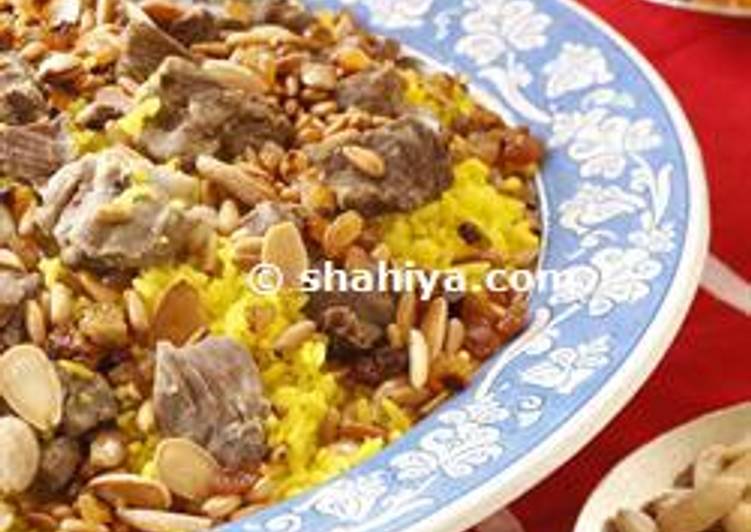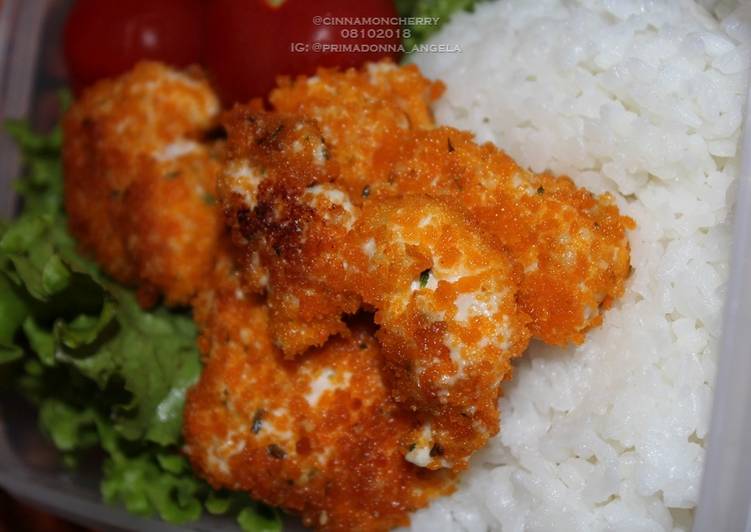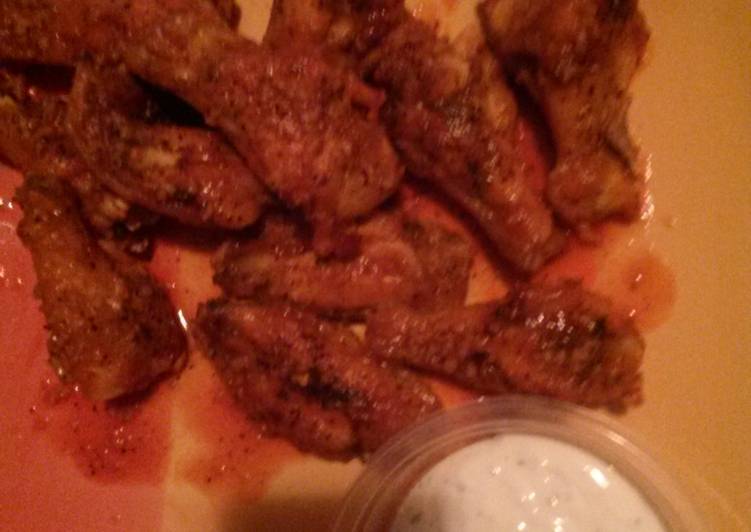
Hey everyone, it’s John, welcome to my recipe page. Today, we’re going to make a distinctive dish, the traditional meat kabsa with dakkous. It is one of my favorites food recipes. For mine, I am going to make it a bit unique. This is gonna smell and look delicious.
The traditional Meat Kabsa with Dakkous is one of the most well liked of recent trending meals in the world. It’s easy, it’s fast, it tastes yummy. It is appreciated by millions daily. They are nice and they look wonderful. The traditional Meat Kabsa with Dakkous is something which I’ve loved my entire life.
Kabsa — chicken or meat served on a bed of steaming rice and redolent of exotic spices — is a national dish of Saudi Arabia. In a cooking method unique to kabsa, the chicken or meat is first simmered in water until tender. The resulting broth is then used to cook the rice separately.
To begin with this particular recipe, we have to prepare a few components. You can cook the traditional meat kabsa with dakkous using 21 ingredients and 8 steps. Here is how you cook it.
The ingredients needed to make The traditional Meat Kabsa with Dakkous:
- Take lamb, cut into egg size squares
- Make ready basmati rice
- Take onions, sliced
- Take garlic clove, mashed
- Prepare carrots, shredded
- Prepare green chili pepper, chopped
- Make ready raisins
- Make ready tomatoes, mashed or chopped
- Make ready cardamom pods
- Make ready cloves
- Get dried black limes (loomi)
- Make ready cinnamon sticks
- Prepare kabsa spices
- Prepare salt to taste
- Take Almonds, pine nuts an raisins for decoration
- Make ready Dakkous
- Take garlic clove, mashed
- Make ready tomatoes, peele and mashed
- Prepare green chili pepper, mashed
- Make ready tomato paste
- Make ready olive oil
Kabsa is a rice dish that is enjoyed throughout the Gulf States of the Arabian Peninsula. Heavily influenced by Persian and Indian biryanis, kabsa makes use of Although it originated in Yemen, this traditional combination of rice and meat is incredibly popular in Saudi Arabia, where it is considered. The traditional Meat Kabsa with Dakkous. This is a traditional Arabic style Mutton Biryani called Lamb Kabsa or Machboos.
Instructions to make The traditional Meat Kabsa with Dakkous:
- Boil meat in 2L of water with ½ the onion cut into slices, 2 cinnamon sticks and 2 cardamom pods until meat is well cooked. Drain and Keep the meat squares aside, reserve broth for a later use and discard the cinnamon sticks and the cardamom pods.
- Wash the rice a couple of times, and soak it in warm water for 10 min.
- In a cooking pan, fry the rest of the sliced onion until it turns golden then add garlic, carrots and green pepper. Keep on medium heat for few minutes while stirring constantly then add raisins, tomatoes, cloves, Loomis and the rest of cardamom pods and cinnamon sticks.
- Drain rice and add it to the mixture with the kabsa spices and 1.5 cup of the meat broth and bring to a boil. Then put on low heat for approximately 15 min until rice is well cooked.
- Pour the rice in a large serving plate; arrange the meat squares on top.
- Dakkous/Duggus preparation:
- Fry garlic in olive oil until it turns golden then add mashed tomatoes, mashed green chili pepper and tomato paste. Keep all on low heat just for few minutes so they blend well.
- Serve cold with any kabsa dish on the side.
It is very popular in the Middle Eastern countries, especially Saudi Arabia. Kabsa is a family of rice dishes that are served mostly in Saudi Arabia - where it is commonly regarded as a national dish - and the other Arab states of the Persian Gulf. These reduce preparation time but may have a flavour distinct from traditional Kabsa. Kabsa is a spicy chicken and rice dish very popular in Saudi Arabia. It is a rice dish cook along with different kinds of meat and other spices.
So that’s going to wrap this up with this exceptional food the traditional meat kabsa with dakkous recipe. Thank you very much for your time. I’m confident that you will make this at home. There’s gonna be more interesting food in home recipes coming up. Remember to bookmark this page on your browser, and share it to your loved ones, colleague and friends. Thank you for reading. Go on get cooking!


